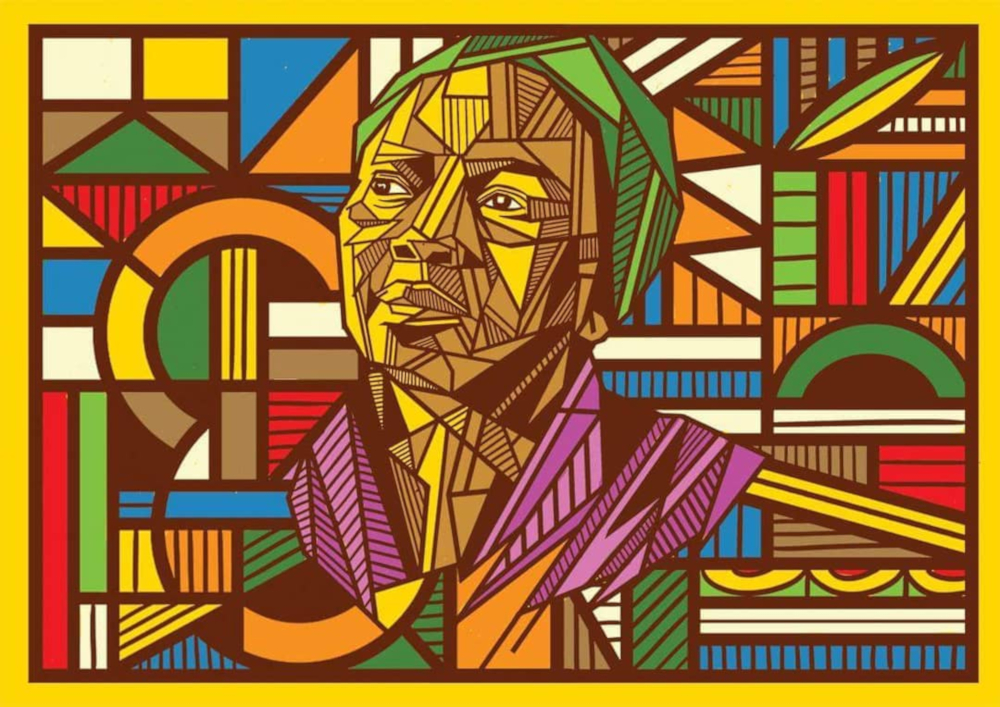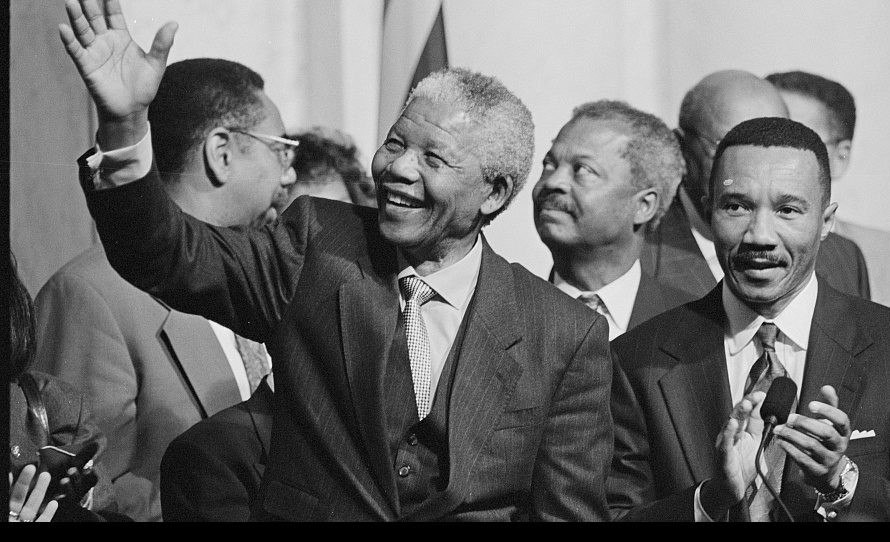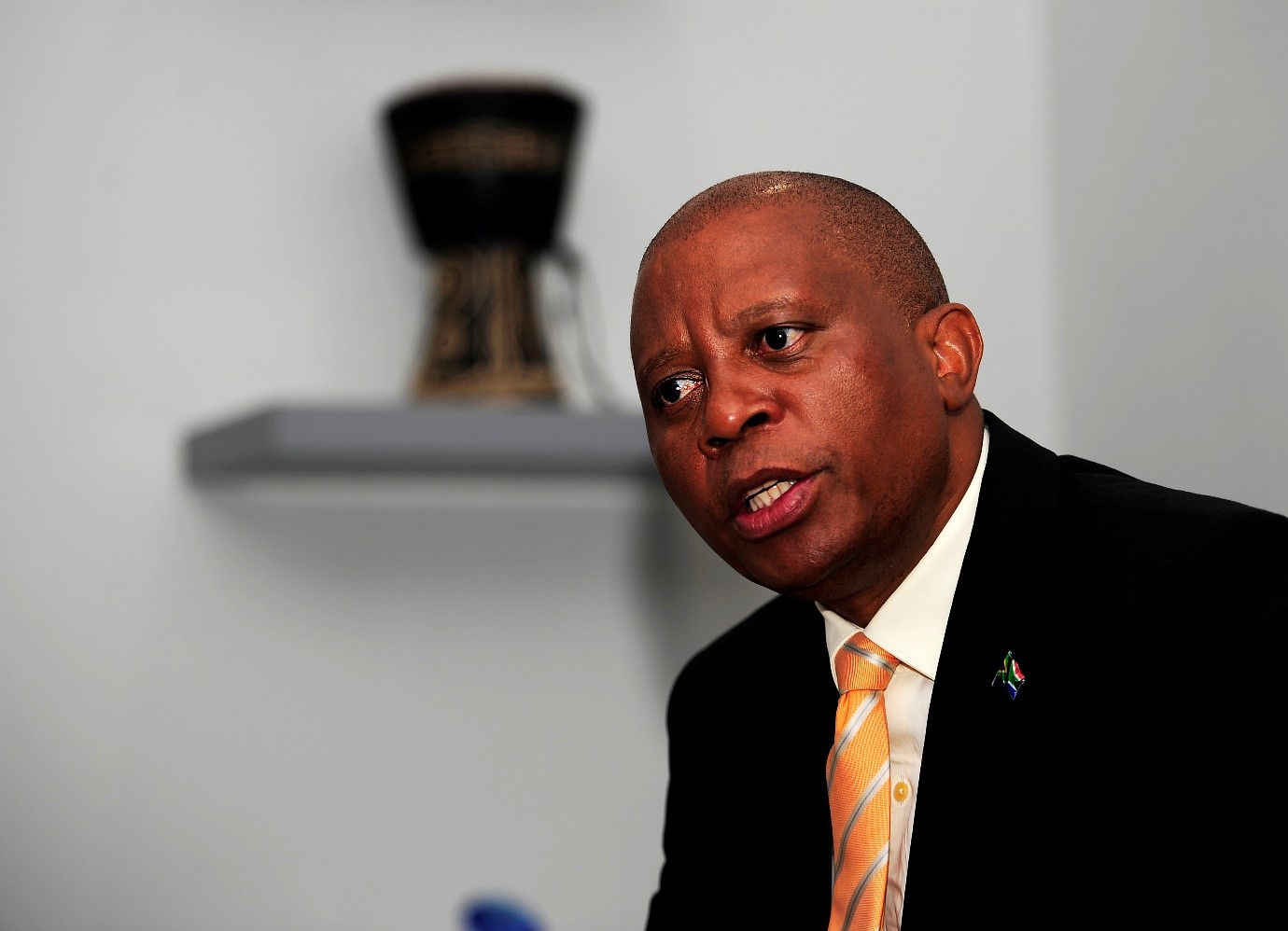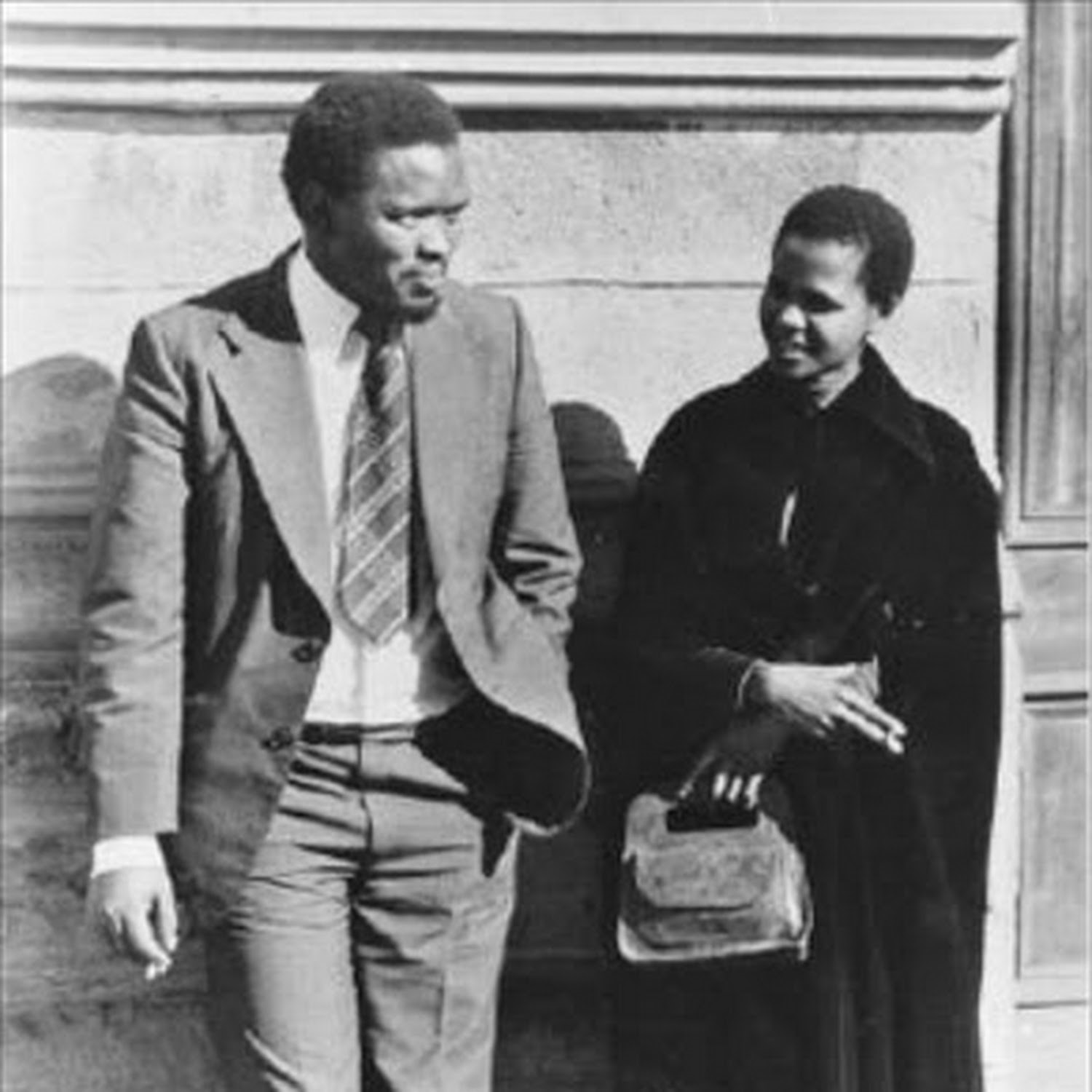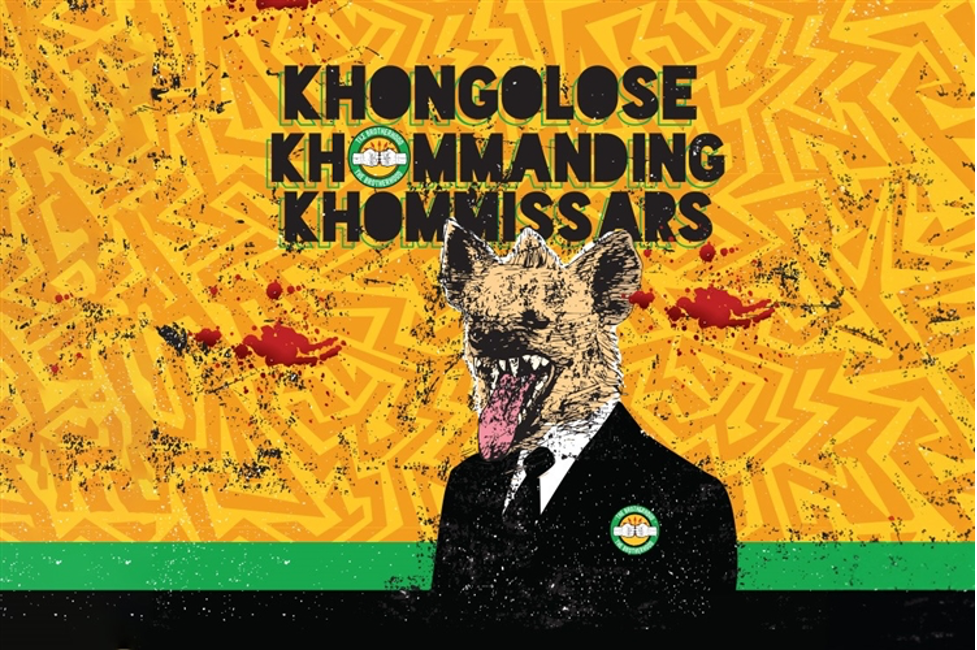The last three decades has seen the rise of prefigurative politics in leftist social movements across the globe. Although not necessarily something they do intentionally, many movements are implementing its principles in their actions and in their decisions to reconstruct society as they see fit.
This essay will discuss the concept of prefiguration, including the exploration of why social movements have turned to it as a legitimate answer to local and global issues. Examples of movements that implemented prefigurative politics that will be explored include the Zapatistas movement and the uprising in Argentina.
Defining Prefiguration
Finally, opposing arguments against principles of prefiguration will be explored and it will be argued that the extent of prefiguration that can be successfully implemented in a social movement is dependent on various factors such as the geographical location of the movement and the politics of the state in which that movement exists.
Lasting ‘hard prefiguration’ can be achieved in societies where the state has been weakened or does not have a strong presence whereas in locations or societies where the state is powerful and has a strong presence, ‘soft prefiguration’ may be more successful in creating lasting change through a slower process of altering daily activities and collaboration with non-profit agencies and in some instances, governmental institutions where beneficial. Social movements may also have to employ different forms of prefiguration at different times in order to adapt to changing political climates.
Prefiguration emerged from the global left and was coined by Carl Boggs in the late 1970s. It is closely aligned with anarchism and was created as a direct response to Marxism. Prefiguration as conceived by Boggs, advocates for non-violent action and does not approve of any form of coercion or authoritarianism, which prefiguration theorists view Marxism as advocating for, in the conception of the proletariat uprising and forcefully seizing the means of production.
According to Chase-Dunn (2020), theorists who advocate for prefiguration in global justice movements find consensus on five ideological claims being, that globalisation driven by the market has further widened the wealth gap internationally, that the implementation of neoliberalism has and will continue to result in global crisis, that democratic participation is an indispensable component for remedying global issues, that corporate power must be replaced by peoples’ power and that the creation of another world is not only viable but necessary.
Prefiguration at its core is the attempted creation of an alternative (desired) reality in the present. This can occur simultaneously alongside or during protest action. Important to the practice is a concept called ‘means-end equivalence’ where actors in the movement express the ‘ends’ of their movement through their ‘means’ where they are both equivalent as opposed to the end justifying the means.
It is essentially attempting to embody the end goal social relations or institutions they want to create through their actions, bringing the desired future into the present, although likely on a limited scale. Yates (2015) argues that prefiguration can be best understood as the combination of five distinct processes being, experimentation, the circulation of political perspectives, the production of new norms and conduct, material consolidation and diffusion. Experimentation involves attempting new ways of structuring social relations and institutions. This can be implemented in daily activities or during mobilisation.
Looking at the circulation of political perspectives, as this is a process of creation, groups often discuss and critique different ideas and political perspectives. This not only informs the process of experimentation but also allows for reflection on the results of the experimentation. The ideas and political perspectives discussed can most often be clearly seen during protest action through slogans and banners. The production of new norms and conduct draws from the results of the process of experimentation and exchange of ideas and political perspectives. This involves a process of crystallising new structures and patterns while simultaneously discontinuing others and possibly breaking previously established social rules. Material consolidation refers to trying to solidify and strengthen the agreed upon experimental behaviours or social conduct. Yates (2015) claims that consolidation has a tendency to be interrupted, temporary or limited and in situation where it is not it is indicative of a successful prefigurative movement. Lastly, diffusion is the process of spreading the message and news of the political perspectives and newly formed social structures to ensure the growth and sustenance of the movement.
It is important to note that different movements and groups do not use prefiguration in a uniform manner and may practise one principle more than another or may not go through each of the steps or processes that Yates identifies. There are generally a number of common characteristics that can be identified in prefigurative movements that will be discussed in more detail. This includes horizontalism, self-governance, personal community relationships, grassroots mobilisation, divesting from state power and a means-end equivalence.
Common Characteristics in Prefigurative Politics
The first characteristic commonly seen in prefigurative movements is horizontalism. Horizontalism is diametrically opposed to the idea of hierarchy in organisations (i.e., the existence of a head and subordinates) and promotes organisational egalitarianism where all members are formally equal. The aversion to a hierarchical organisational structure stems from analysis of the development of organisations prior to this time.
Organisations with hierarchical structures once having attained power ultimately become conservative because the actors in leadership shift the mandate of the organisation from its original goal to being directed towards preserving their position of power and the survival of the organisation. The result is the abandonment of all revolutionary and radical ideas, and the organisation becomes a part of ‘the system’. Examples often given of this occurrence usually include trade unions and political parties.
Linked to this is the principle of self-governance, in which the community or all members of the organisation make collective decisions (through direct democracy) that are not regulated by a specialised body of ‘experts’. This operates on the premise that the people know what is best for themselves.
The next characteristic common in prefigurative movements is personal relationships in the community. Dyson and Jeffrey (2018) argue that prefigurative action may be achieved through people cultivating closer relationships and social networks within their communities. According to Dysan and Jeffrey (2018), Gustav Landauer (a leading theorist on anarchism in the late 19th to early 20th century) advocated for the development of relationships within self-governed organisations. This means that social change in the community is slow and gradual. Relationships of mutuality in a community is linked to the fourth characteristic which is grassroots mobilisation. Chase-Dunn (2020) explores ‘prefigurationism’ which he defines as “the idea that small groups can intentionally organise their social relations in ways that will sow the seeds of transformation to a more desirable form of future human society”.
This point is slightly contentious as there are many large global organisations and movements that practice prefigurative politics such as the World Social Forum (an annual gathering for progressive social movements), however, these organisations are usually made up of various grassroots movements and organisations. The basis of this is that the movement should come from those directly impacted by the issues and who are directly affected by decisions made.
The fifth characteristic generally seen in prefigurative movements is divesture from state power and institutionalised politics. Van de Sande (2015) refers to this as the ‘exodus approach’ in which anarchist movements opt out of representative and parliamentary politics due to the realisation that a free and equal society cannot be achieved from within them. A slogan of the Spanish Indignados movement translates to “we are not against the system. The system is against us”.
This slogan originates from the idea that the system and its institutions are the problem themselves and any attempt to change it or negotiate within it implies that it can be fundamentally reformed which it cannot be. The result is to then opt out of it and attempt to build a world outside of it. The last characteristic, which was briefly touched on earlier is the means-end equivalence which states that the principles applied in the means should be principles that are being worked towards in the end. Although mostly agreeing with the principle, Yates (2020) argues that the term that the means should equal the ends is misleading and does not reflect the nuances of social movements and their surroundings as certain compromises generally have to be made in a movement with various actors. He argues that a better characterisation or wording of the principle is that the ‘micropolitics of practices’ are very important to the process of prefiguration. Having fleshed out the concept of prefiguration, examples of prefigurative movements and organisations will be discussed.
Prefiguration in Action
The movement that has most successfully realised prefiguration is the Zapatista movement in Mexico. The Zapatistas (a group of indigenous people mobilising against globalisation and for land reform in Chiapas, Mexico) in 1994 launched the People with Justice and Dignity for Indigenous Peoples’ campaign in conjunction with the Zapatista National Liberation Front (EZLN). The EZLN is an armed wing of the Chiapas which takes direction and instruction from civilian communities in the Zapatista movement.
In this movement the Zapatistas sought material and political autonomy and produced thirty autonomous municipalities. Looking at material autonomy, communities took control over health, education, and agricultural production. This led to a substantial improvement in the quality of life in those communities.
Looking at health, the communities had created (with no state funding or assistance) eighteen clinics, two hospitals and eight hundred community health houses in five regions with approximately five-hundred health promoters (people allowed to administer healthcare) trained using criteria developed by the Zapatistas. In the community of La Realidad, a hospital was built over three years with members of the community working in shifts to complete it by themselves. This hospital contains facilities for medium and small operations, a herbalist and dental clinic offering treatment to community members more suited to them than the treatment offered at state hospitals and which accommodates indigenous medicine. Due to a shortage of doctors, the community also trains community members (particularly women) to be herbalists, bonesetters, and midwives.
Prior to the occurrence of the Zapatista uprising there were very few schools in indigenous communities and in places where they were they were often lacking teachers. During the course of the uprising, three hundred schools were built (by members of the community), and one thousand educational promoters (teachers) were trained, creating the Zapatista Rebel Autonomous Education System.
Similar to the healthcare system, the education system is a collaborative effort where education is rooted in the struggles of the community and the syllabus is created through a process of consultation where learners and elders have a chance to inform it. There are no grades and leaners are not failed if they do not understand. Instead, the whole class does not move forward until everyone understands the educational material. Once the educational programme is complete, family members of the learners are invited by promoters to witness the work that was learnt. Promoters (teachers) are not paid for their services but are instead fed and clothed by the community. Zibechi (2012) refers to this education system as ‘community self-education’.
Looking at agriculture, indigenous communities have been known to produce their own food but were paid poorly for it by ‘middlemen’ who sold it in markets. During the uprising, they cut out the middlemen and started selling their produce themselves at markets. There also came the formation of various cooperatives to stimulate community organising and production for various items and spaces such as cafés, bicycle workshops, the planting of vegetable gardens and farming, to name a few.
Moving on from material to political autonomy, out of the Zapatista uprising emerged Good Government Councils and Municipal Councils which have representatives from each community. Each council is made up of a president, vice-president, secretary, treasurer, and commissions responsible for various sectors of society such as health, education, culture, and justice etc. Members of the councils are elected by the communities and serve a term of three years. On the council there is a rotation of administrative duties so that everyone gets a chance to experience each role and have a hand in working with each part of the communities they serve.
The material and political autonomy obtained by the Zapatistas presents numerous observations. The first is that they were able to completely remove the state from their activities and govern themselves, creating a bottom-up process showing that communities do not need to defer decision making to specialised leadership bodies or experts and know what is best for themselves. In this process they were able to combine indigenous with mainstream knowledge systems and medicine for the best possible outcome and treatment.
Zibechi (2012) argues that this is part of the process of emancipation and is one that could only be achieved through their own means. The second observation is the creation of deep social ties, showing the value of interpersonal relations and community in the process of prefiguration. Important to note is that through this process the Zapatistas managed to maintain a strong national and international presence outside of their communities.
The Zapatistas are a strong example of successful prefiguration although they still have many aspects of their communities that require change (i.e., hierarchical military structure, miscarriage of justice by autonomous councils, slow development of gender equality and inequality in development between different communities) as they are still constituting their process of prefiguration. An observation to note about the success of the Zapatista movement is their geographical location. As indigenous communities in Mexico are often found in more rural areas, the lack of state presence allows space for a level of autonomy and community self-organisation without state intervention. This is in contrast to the next example of the uprising in Argentina.
The uprising in Argentina was precipitated by the implementation of business-friendly laws, introduced by a deal with the International Monetary Fund (IMF) that allowed for foreign corporations and the elite to hoard wealth and store it offshore. This meant that although at the time Argentina saw an economic boom, most of its ordinary citizens did not experience the benefits of this and instead many fell below the poverty line. In December 2001, the government defaulted on a ninety-five-billion-dollar debt (being the largest default by a country in history) and froze all bank accounts to stop people from withdrawing their money at once. During this period, Argentina went through five presidents in three weeks and declared bankruptcy.
A series of different movements emerged during this period all aiming to restore power to the people so that they could provide for themselves. Mobilisation occurred in different forms. One form of mobilisation was neighbourhood assemblies where communities would meet on a street corner and discuss issues they were experiencing. This resulted in weekly meetings where projects were planned and executed for the betterment of the community. This includes taking over abandoned buildings and using the space to develop kitchens, libraries, day-care centres, micro-enterprises and in some cases a movie theatre. These meetings were not just for planning events but for general communal discussion on anything such as politics or art.
Second, there emerged workers’ movements, particularly the Unemployed Workers’ Movement (MTD). These were mostly led by women demanding government subsidies by blocking major transportation sites through protests. The actors of the movement would meet and regularly vote on where to go next.
Third, emerged recuperated workplaces. During the events of the country, factory owners dismissed employees and closed down their factories intending to sell off the equipment and leave the country. In response, many factory workers locked themselves in the factories, took control of them and started production again. These actions stemmed from the belief by the workers that the factories belonged to the community as they benefited from them (gaining government subsidies that the people never saw the fruits of) and thus had the right to run them and earn a living from them.
In some factories, such as Zanon Ceramics, the workers took control and instituted a horizontal organisational structure where every decision was voted on by the workers (with one person one vote) and all workers were paid the same salary. They referred to this process as autogestion. Some recuperated workplaces such as Zernello, formed alliances with managers and do not pay everyone the same salary but are still worker run. Many community members noted a shift in social relationships and the formation of new ones built on trust and mutual support.
Zanon Ceramics, after being taken under worker control, reduced their prices and frequently donated tiles to institutions such as hospitals and schools to rebuild the community, resulting in the cultivation of comradery and mutual support where members of the community would in exchange stand guard in front of factories when their owners re-emerged to reclaim them. The above-mentioned community initiatives are examples of prefiguration where momentum from an uprising was utilised to restructure social and economic relations and create lasting change. In this example there is evidence of the implementation of horizontalism, the implementation of direct democracy, assemblies to exchange thoughts and ideas, organisation outside of the state and formal politics and the strengthening of social relationships. Interesting to note in the Argentina uprisings is the interaction between the movement and state. It is arguable that the weakened condition of the state allowed for Argentinian citizens to take more control of their neighbourhoods and workspaces, as after elections occurred and President Menem was voted back into power, the police interfered with their operations and started evicted workers out of factories, undoing some of the prefigurative work achieved. These two movements, both occurring in Latin America, are poignant examples of what successful (to a degree) prefiguration looks like including the challenges it encounters depending on its geographical location, economic and political factors.
Opposing Arguments & Discussion
The first critique of prefiguration comes from Marxist and feminist movements who criticise the horizontal organisational structure. Chase-Dunn (2020) argues that a ‘leaderless’ organisation is possible for small movements or daily activities when the world is moving seamlessly but presents complications in larger organisations and when popular right-wing movements emerge.
Firstly, he argues that it is human nature for informal structures among friends to emerge and in movements with no designated official leadership, there exists no mechanism to regulate these informal structures or to hold specific actors accountable. The second issue is that a leaderless leftist structure may be at a disadvantage when dealing with powerful hierarchical right-wing organisations.
In an attempt to address these issues, Chase-Dunn (2020) proposes a diagonal organisational structure which combines the centralised formal organisational structure with horizontalism, in which an organisation consists of various horizontally organised individuals with a decision-making structure where groups can debate and implement ideas. Positions in these decision-making structures are rotational, allowing all members the opportunity to participate. This is similar to the way the Zapatistas organised their Good Governance Councils and Municipal Councils and seem to be effective.
The second critique, partly joined with the first is the principle of means-end equivalence in conjunction with zero-tolerance for violence or armed struggle. The principles of anti-violence and horizontalism leave social movements at a disadvantage when encountering organised, powerful, and armed governments. Examples of this can be seen in the events of the Paris Commune and the Arab Spring where armed state actors cracked down violently on protestors . In January of 1871, following a losing war with Prussia, the French surrendered, and government leaders fled to Versailles, resulting in an insurrection in Paris where a commune formed and took over leadership. Policies embodying the aspirations of the working-class population were introduced including, separation of church and state, equal pay for men and women and free schooling and legal services. This lasted for approximately sixty days until military personnel and the government were able to reclaim control of Paris using arms during what was known as “bloody week” where members of the commune were killed.
This was evidence that the bourgeois was willing to violently suppress any movements or individuals that threatened their hierarchical social order and raises an observation for prefigurative movements to consider. This is important because the state does not just crack down on organisations trying to directly attack them but also suppresses movements that build outside of it and refuse to obey the prescribed state structure.
The third critique of prefigurative politics is the decision of many prefigurative movements to disengage from formal politics and state institutions. Van de Sande (2015) argues that the failure of recent social movements to produce any tangible long-term results is due to their refusal to interact with representative politics, stopping them from becoming truly political. This is debatable and can be accurate depending on the context.
For the Zapatista movement, building a world outside of state politics proved to beneficial for them and allowed them to construct their own society free of political influence or intervention. For social movements and organisations operating in areas with heavy state presence and control, it may prove to be harmful to completely disengage.
In these instances (such as in Argentina during elections) it may be beneficial for a social movement to align with non-governmental organisations or political parties that endorse their cause, however, any collaboration with a political entity must be done with caution and vigilance to avoid co-option.
Participating in formal politics does not mean that a prefigurative movement or organisation believes that they are reformable but do so in order to ensure that social conditions do not get worse (e.g., a right-wing political party getting voted into governance).
An example where this is useful is during the Argentina uprising where the workers of Forja San Martin went through the court system to obtain ownership of the factory and the legal right to run it as a collective. This is an example where engaging with a state institution assisted a movement in achieving a long-term prefigurative goal against the threat of another state institution.
Looking at the future of prefiguration, Dyson and Jeffrey (2018) discuss the difference between ‘hard’ and ‘soft’ prefiguration. With ‘hard prefiguration’, social movements prioritise organising social practices inline with the desired end goal over every other factor whereas in ‘soft prefiguration’ the desire to effect social change is balanced with other pressing considerations. Social movements aligned with prefigurative principles can successfully achieve prefiguration but will inevitably have to employ both versions of prefiguration at different times and in different contexts in order to achieve their goals. This includes balancing revolutionary adversarial action with smaller daily actions that yield incremental change.
The African Anarchism Series is a collection of essays to develop African anarchist literature.
Reading List
1.Chase-Dunn, C., 2020. Chapter 6: The Vessel: An Alternative Strategy for the Global Left. In: V. Satgar, ed. BRICS and the New American Imperialism: Global Rivalry and Resistance. Johannesburg: Wits University Press, pp. 126-147.
2.Dyson, J. & Jeffrey, C., 2018. Everyfay prefiguration: Youth social action in north India. Transactions of the Institute of British Geographers, 43(4), pp. 573-585.
3.Engels, F., 1891. The Civil War in France: Introduction. [Online]
Available at: https://www.marxists.org/archive/marx/works/1871/civil-war-france/intro.htm
[Accessed 29 October 2021].
4.Roll, S., 2015. Managing change: how Egypt's military leadership shaped transformation. Mediterranean Politics, 21(1), pp. 23-43.
5.Sitrin, M., 2011. Fueling the Flames of Dignity: From Rupture to Revolution in Argentina. In: S. C. Motta & A. G. Nilsen, eds. Social Movements in the Global South: Dispossession, Development and Resistance. London: Palgrave Macmillan, pp. 250-274.
6.The Take. 2004. [Film] Directed by Avi Lewis. Canada: First Run Features/Icarus Films.
7.van de Sande, M., 2015. Fighting with Tools: Prefiguration and Radical Politics in the Twenty-First Century. Rethinking Marxism, 27(2), pp. 177-194.
8.Wallerstein, I., 2002. New Revolts Against the System. New Left Review, Volume 18, pp. 29-39.
Yates, L., 2015. Rethinking Prefiguration: Alternatives, Micropolitics and Goals in Social Movements. Social Movement Studies, 14(1), pp. 1-21.
10.Zibechi, R., 2012. The Other Campaign, or Politics from Below. In: Territories in Resistance: A Cartography of Latin American Social Movements. Oakland: AK Press, pp. 127-158.



